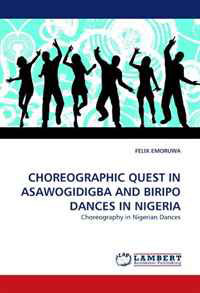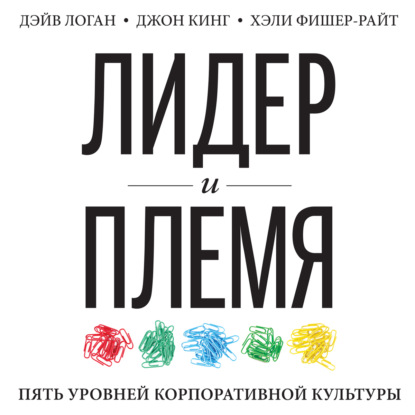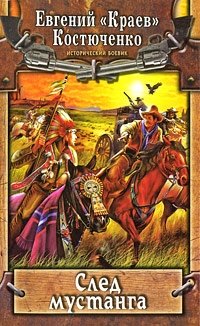Postcolonial modernism has often posed a serious threat to the survival and development of folkdance among the various ethnic groups in Nigeria and indeed Africa. Therefore, there is a dire need to study, analyse and document the various African dances in their content and context to preserve them for posterity. Hence, this research was carried out to identify, study, analyse and document the choreographic patterns in the "Asawogidigba" and "Biripo" dances of the Ilajes, in Ondo State, Nigeria. Using "Taught Participant Observatory Method" of data collections coupled with interviews where necessary and secondary sources of enquiry, it was observed that the aquatic environment of the people has great influence on the lives, design patterns and creative intuition of the people. It emphasized the urgent need for an eclectic national choreographic model for Nigeria based on her numerous unique folk dance cultures. Hence, this is a resource book to students, academicians, theatre sociologists, dance practitioners, historians, anthropologists, ethnomusicologists, television and stage producers, actors and directors, choreographers and dance notation experts, policy makers etc. Это и многое другое вы найдете в книге Choreographic Quest In Asawogidigba And Biripo Dances In Nigeria: Choreography in Nigerian Dances (Felix Emoruwa)
Choreographic Quest In Asawogidigba And Biripo Dances In Nigeria: Choreography in Nigerian Dances Felix Emoruwa (книга)
Подробная информация о книге «Choreographic Quest In Asawogidigba And Biripo Dances In Nigeria: Choreography in Nigerian Dances Felix Emoruwa». Сайт не предоставляет возможности читать онлайн или скачать бесплатно книгу «Choreographic Quest In Asawogidigba And Biripo Dances In Nigeria: Choreography in Nigerian Dances Felix Emoruwa»















